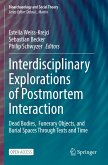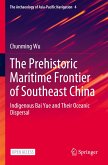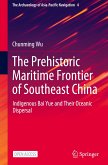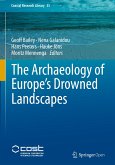This Open Access book explores heritage conservation ethics of post conflict and provides an important historical record of the possible reconstruction of the Bamiyan Buddha statues, which was inscribed in the UNESCO World Heritage List in Danger in 2003 as "Cultural Landscape and Archaeological Remains of the Bamiyan Valley". With the condition that most surface of the original fragments of the Buddha statues were lost due to acts of deliberate destruction, this publication explores a reference point for conservation practitioners and policy makers around the world as they consider how to respond to on-going acts of destruction of cultural heritage.
Whilst there has been an emerging debate to the ethics and nature of heritage reconstruction, this volume provides a plethora of ideas and approaches concerning the future treatment of the Bamiyan Buddha statues. It also addresses a number of fundamental questions on potential heritage reconstruction: how it will be done; who will decide; and what it should be done for. Moreover when it comes to the inscribed World Heritage properties, how can reconstructed heritage using non-original materials be considered to retain authenticity?
With a view to serving as a precedent for potential decisions taken elsewhere in the world for cultural properties impacted by acts of violence and destruction, this volume introduces academic researches, experiences and observations of heritage conservation theory and practice of heritage reconstruction. It also addresses the issue not merely from the point of a material conservation philosophy but within the context of holistic strategies for the protection of human rights and promotion of peace building.
Whilst there has been an emerging debate to the ethics and nature of heritage reconstruction, this volume provides a plethora of ideas and approaches concerning the future treatment of the Bamiyan Buddha statues. It also addresses a number of fundamental questions on potential heritage reconstruction: how it will be done; who will decide; and what it should be done for. Moreover when it comes to the inscribed World Heritage properties, how can reconstructed heritage using non-original materials be considered to retain authenticity?
With a view to serving as a precedent for potential decisions taken elsewhere in the world for cultural properties impacted by acts of violence and destruction, this volume introduces academic researches, experiences and observations of heritage conservation theory and practice of heritage reconstruction. It also addresses the issue not merely from the point of a material conservation philosophy but within the context of holistic strategies for the protection of human rights and promotion of peace building.








